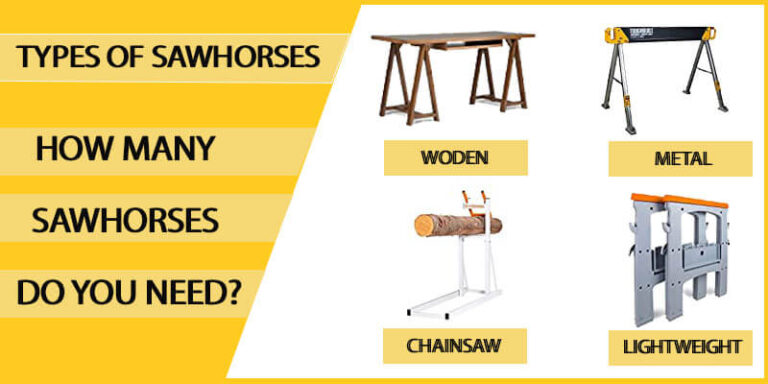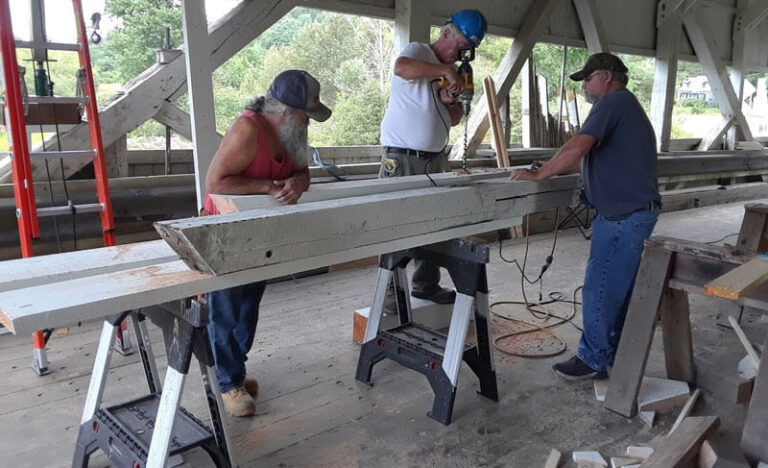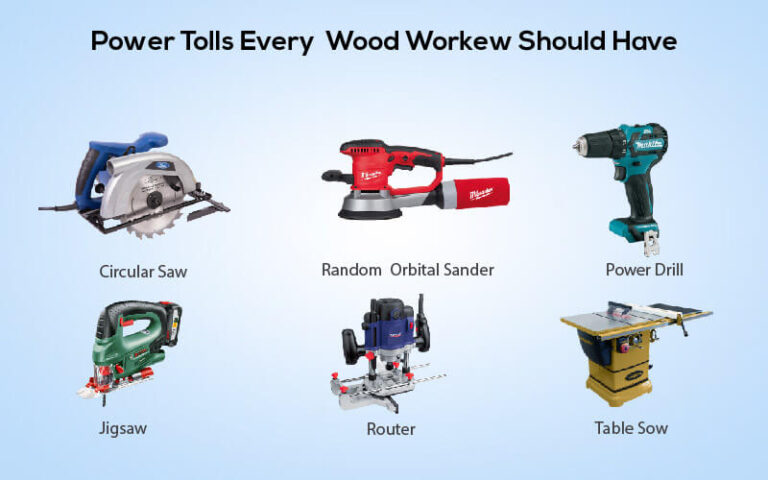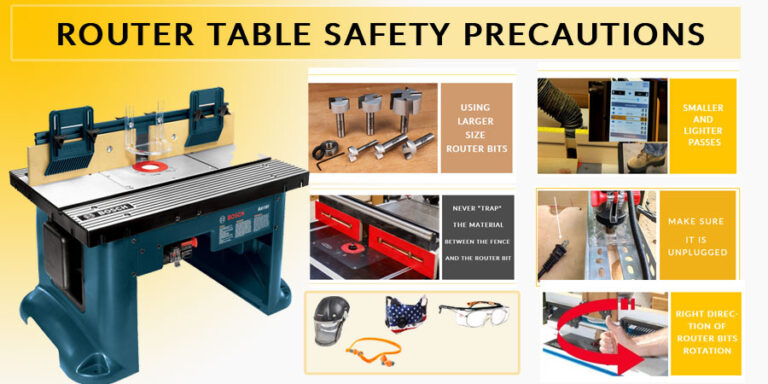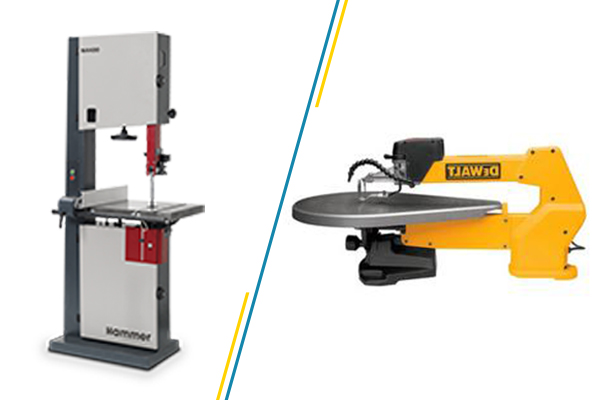How Can You Use a Drill Press as Router?
Router and drill both have some similarities in their configuration and that is these two tools work by rotating and the bit is secured in a chuck or collets. And this is the reason that creates a common query “is it possible to use a drill press as a router?” well, the answer is a bit tricky. You can take it as yes as well as no. Let’s discuss why-
Performance
Although there are some similarities between drill press and router there are a lot of dissimilarities too. While drill boreholes in a workpiece, router bits are capable of cutting different shapes from beveled edges to complex curves. It is designed to handle more pressure than a drill.
A router spins about 8000-3000rpm (revolutions per minute) while the highest rpm of a drill is 3000 rpm. So it is clear drill is way slower than the router. A slower bit can easily go into depth and create a jerk which can ruin the workpiece.
Another important matter is vibration is an enemy while you are cutting any wood piece and router bits are perfect for a clear flawless cut by avoiding vibration. Most of the drill machines do not have that mechanism it can create a rough edge and damage the wood piece.
A router requires a stable base to keep the toll steady and control the depth of the cut. Handheld drills do not have any base or depth controlling means. Apart from this drill chucks cannot hole the router bits tightly and can slip away from handheld drill or drill press. So it can potentially make the tool dangerous.
However, you can still use a drill press as a router if it has the right configuration. Some drills have solid base and depth control mechanism and some machinists have set them up with special vises or jigs which can perform very light duty milling.
There are also some drills that can be used as an overhead router by speeding up and these drills have alternate belt configuration that allows running faster.
To Convert These Drills to the Router You Have To
- Unplug the drill press by releasing the large knob at the top of the drill press housing. There may also be two handles on each side. If the machines have these handles flip them.
- Grab the oval-shaped housing and lift it off or hinge it back (as necessary) to expose the belt and pulleys.
- Move the belt up to the highest pulley. There will be two sets of pulleys and a belt run between two sets. Each set contains four or five pulleys. Turn the handle with a gentle hand until the belt reaches the top of the pulley stacks.
- Close and lock the cover, tighten the knob, install ¾ inch bullnose router bit with bearing into the drill chuck and tighten it. Now place a 3 or 4-inch hardwood on the drill press table and raise the table to work.
- Now turn on the power and slide the wood piece along the spinning router bit and see the result.
Conclusion
Because of dissimilarities and the potential danger, it is believed that using a drill press as a router is a bad decision. But if your drill press has that configuration then you can undoubtedly go for that; however, without proper knowledge and specific configuration, this step should be avoided.

